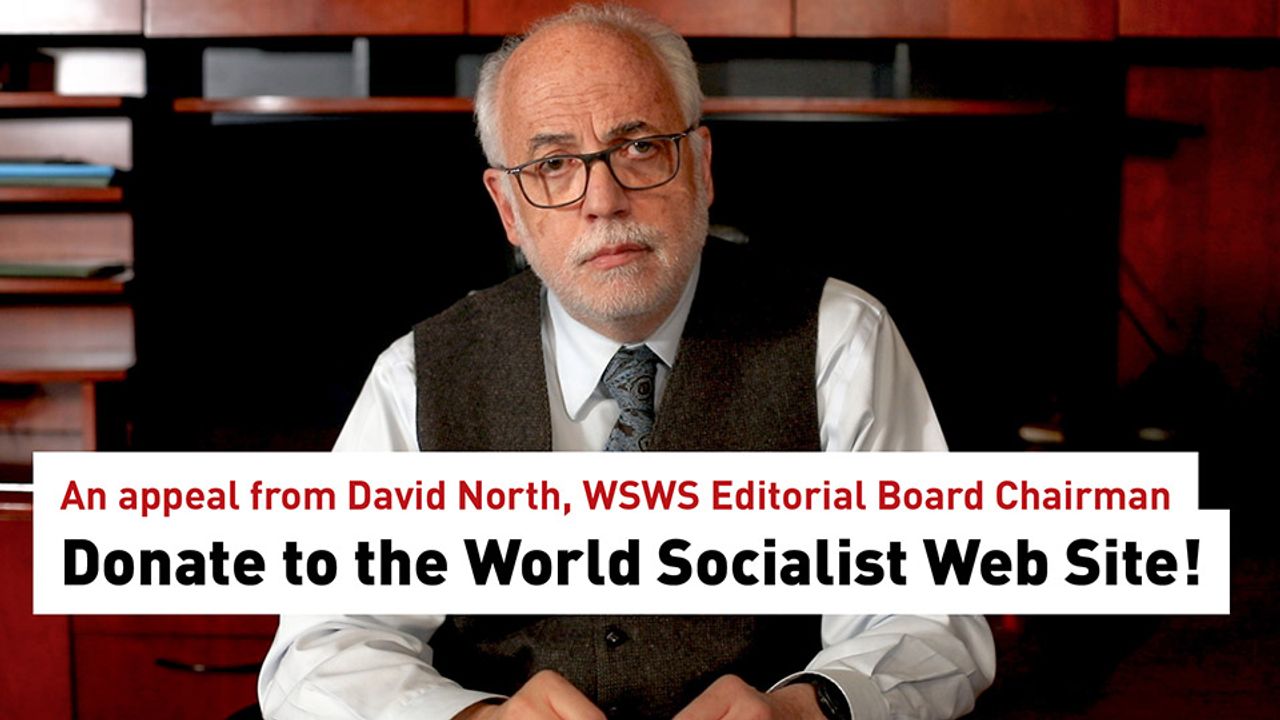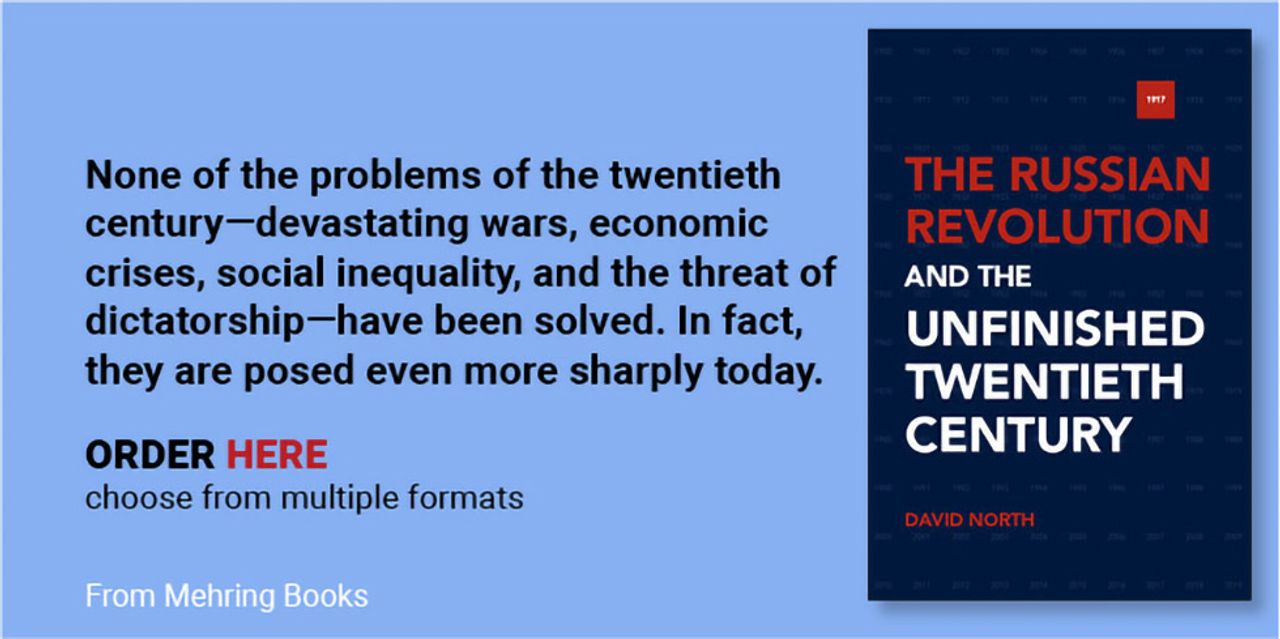W.A. Sunil
Sri Lankan President Maithripala Sirisena has responded to Monday’s appeal court ruling by concentrating state power in his own hands and working with senior state bureaucrats to directly manage the government.
The interim court order was in response to a petition disputing the president’s October 26 sacking of Ranil Wickremesinghe as prime minister. Sirisena replaced him with former president Mahinda Rajapakse and then prorogued the parliament until November 14. When Rajapakse was unable to gain majority support in the parliament, Sirisena dissolved it.
The appeal was submitted by 122 MPs, including those from the United National Front (UNF), which is led by the United National Party (UNP), and two opposition parties, the Tamil National Alliance (TNL) and the Janatha Vimukthi Peramuna (JVP). Rajapakse immediately rejected the court order and appealed to the Supreme Court to reverse the decision.
On Tuesday, however, the Supreme Court resumed work on its legal response to 13 petitions filed by the UNF, the TNA, the JVP and other parties, which argue that Sirisena’s dissolution of parliament was illegal. Sri Lanka’s highest court, which is expected to deliver a judgment tomorrow, is also hearing five petitions supporting the president’s proclamation. The competing Sirisena-Rajapakse and Wickremesinghe factions hope that tomorrow’s Supreme Court ruling will back their respective bids for state power.
In a thinly-veiled rebuke of Monday’s interim court order, Sirisena’s media unit issued a statement advising all ministry secretaries to continue their duties. It declared: “The President has already given the necessary orders to all state services, Tri-forces and the police to fulfill their duties and responsibilities with commitment towards the general public of the country and for the national security.”
Sirisena’s autocratic actions are another dangerous sign that dictatorial forms of rule are being prepared.
In one of his numerous political manoeuvres to win parliamentary support for Rajapakse, Sirisena last week cynically promised the TNA that he would move to secure the release of Tamil political prisoners detained for years under the country’s draconian Prevention of Terrorism Act. Sirisena, however, dumped this “promise” on Monday, declaring that he could not take any decision on political prisoners “until the current [political] impasse was resolved.”
Sirisena and Wickremesinghe previously pledged to release Tamil political prisoners during their campaign in 2014–15 to remove Rajapakse as president. They quickly dropped these promises in response to agitation by the military and Sinhala chauvinist formations.
Addressing a Sri Lanka Freedom Party (SLFP) convention on Tuesday, Sirisena demagogically declared that he would end the ongoing political instability within a week. He did not explain how.
In a crude attempt to wash his hands of any responsibility for the imposition of International Monetary Fund (IMF) austerity measures and the government’s anti-democratic actions, Sirisena declared Wickremesinghe had “destroyed the country and the economy” and that he would not reappoint him as prime minister.
Wickremesinghe continues to denounce Sirisena’s claims and has accused him of violating the constitution and acting like “Hitler and other dictators.” But Wickremesinghe and the UNP, like Sirisena and the SLFP, are notorious for their violation of democratic rights and repressive attacks on working people, including instigating the almost three-decade communal war against the Tamil minority.
The US and other international powers have responded to the ongoing political deadlock by increasing their pressure on the ruling elite. The US Ambassador to Sri Lanka Alaina Teplitz told the Colombo-based Dailyft.lk yesterday that “Sri Lanka and its leaders [have] to move promptly to resolve the political crisis in a transparent and democratic way.” She warned that the ongoing factional war was impacting “on some of our bilateral opportunities.”
Teplitz insisted that the US, which is hostile to Rajapakse’s return to power, had no “favourites” in the Colombo infighting. Her claim is bogus. Sirisena came to power as a result of a US-orchestrated operation that ousted Rajapakse because Washington considered him too close to China.
Rajapakse’s political emissaries, however, have already started discussions with Western diplomats arguing that he has changed.
Yesterday, the Daily Mirror reported that US, EU and other diplomats met with Wickremesinghe at Temple Trees on Wednesday evening. Citing an unnamed UNP source, the newspaper said the diplomats predicted that Sirisena “will have to do the right thing at some point of time and that they were confident of such an eventuality.”
This week the European Chamber of Commerce of Sri Lanka, the American Chamber of Commerce and the Delegation of German Industry and Commerce in Sri Lanka warned “that the current situation will result in many adverse economic and social consequences to the country, if it remains unresolved.”
The three leading global agencies—Fitch, S&P and Moody’s—have cut their ratings on Sri Lanka. A Fitch and S&P statement said: “Investor confidence has been undermined as evident from large outflows from the local bond market and a depreciating exchange rate.”
The ongoing political deadlock, the statement added, “exacerbates the country’s external financing risks, already challenged by the tightening of global monetary conditions amid a heavy external debt repayment schedule between 2019 and 2022.”
According to Fitch, Sri Lanka, which has only $7.4 billion in reserves, has debt repayment commitments—principals and interest—of $20.9 billion due between 2019 and 2022. The rupee has devalued by 17 percent in the year up to the end of last month.
Notwithstanding their current differences, whichever faction of the ruling elite gains state power in Colombo, it will not hesitate to use police state methods to impose the austerity program being demanded by Sri Lankan big business, the IMF and international finance capital.
Sri Lanka Central Bank Governor Indrajit Coomaraswamy commented at a recent Colombo meeting: “Right across the political spectrum, there is a commitment to the macroeconomic framework, which we have to stick to, given our debt and deficit dynamics as there’s little room to manoeuvre.”
The turn by all sections of Sri Lanka’s political elite towards autocratic forms of rule is a grave warning to the working class and the rural masses. The “democratic” posturing of the competing bourgeois factions and all their political allies, is a fraud. Workers, youth and the rural masses cannot stand on the political sidelines but must intervene with their independent program that fights for a workers’ and peasants’ government based on an international and socialist perspective.


